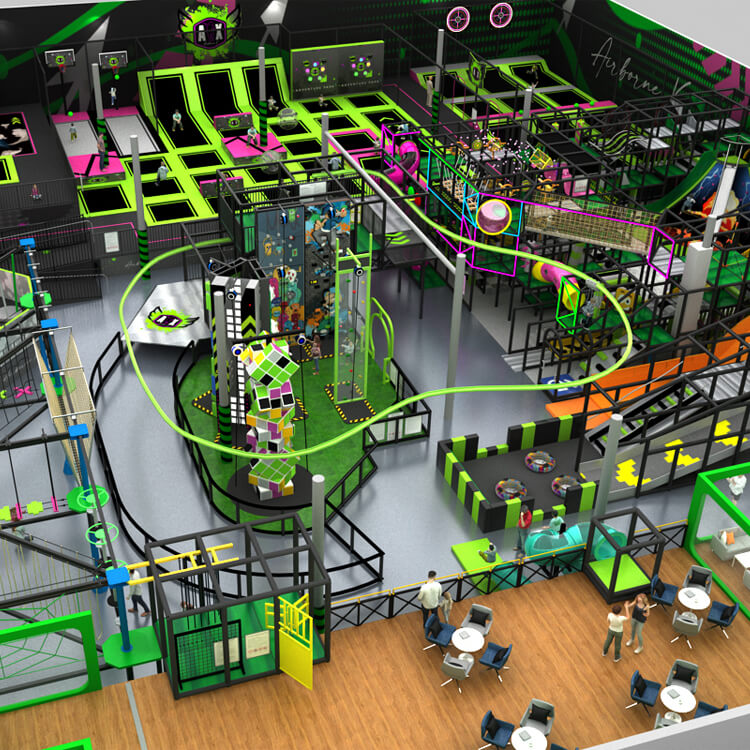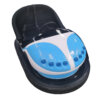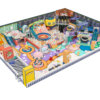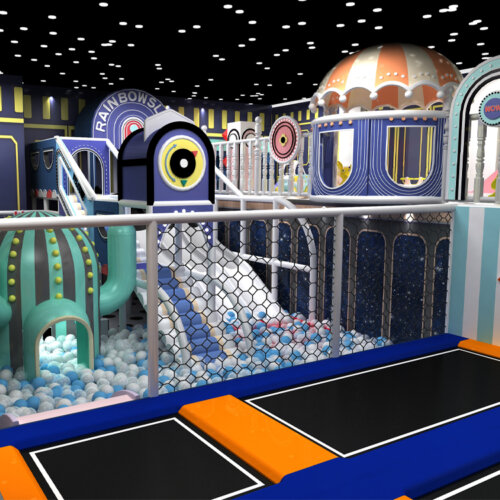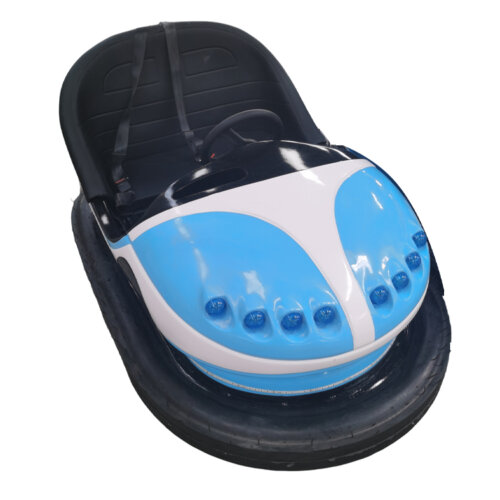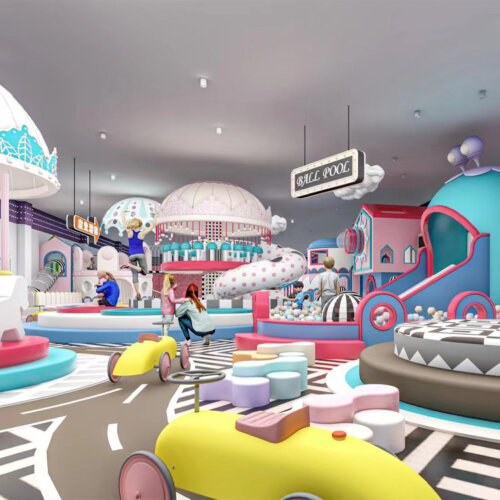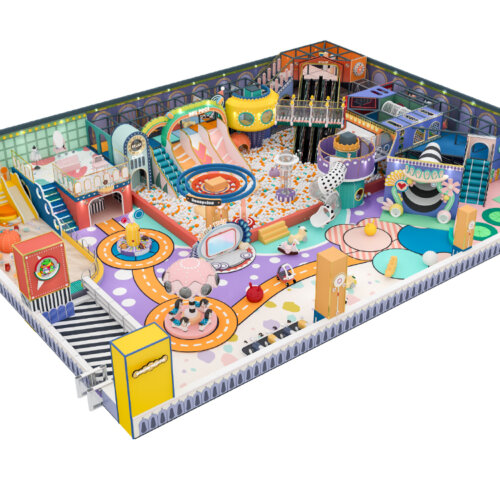How to Incorporate Innovative Elements into Trampoline Park Design to Increase Its Appeal?
Innovation in Amusement Facilities
- Interactive Trampoline Experiences
- Projection Interactive Trampolines: Install projection equipment on the surface or around the trampoline area to project various game images onto the trampolines. For example, when visitors jump, they can score points by touching virtual objects like colorful balloons or fantastic creatures. These interactive games can be in the form of single-player challenge modes or multiplayer competition modes, such as chasing games or cooperative task-completion games, which increase the interaction and competition among visitors.
- Music-responsive Trampolines: Design a system that enables the trampoline to sense the rhythm and intensity of jumps and generate different music effects based on these parameters. For instance, gentle jumps might trigger soft notes, while high and rapid jumps would result in stronger and more rhythmic music. This not only adds fun to the trampoline but also allows visitors to create their own unique music experiences according to their preferences.
- Combined Trampoline Structures
- Multi-story Trampoline Towers: Build multi-story trampoline structures, similar to a trampoline tower. Each layer of the trampoline can have different elasticity and functions. For example, the bottom layer can be a normal jumping area, the upper layer might be an inclined trampoline used to help jump to higher levels or specific target areas, and the top layer could be a trampoline with obstacles like small hurdles or balance beams. Visitors need to overcome these obstacles while jumping to move upward. This multi-story structure increases the challenge and exploration value of the trampoline.
- Integration of Trampolines and Rope Challenges: Combine trampolines with rope challenge courses. Set up some rope hanging points in the trampoline area so that visitors can use the elasticity of the trampoline to grab the ropes and then swing like a trapeze artist to another area or reach a target object. This facility that combines trampolines and rope challenges can exercise visitors’ courage and coordination abilities.
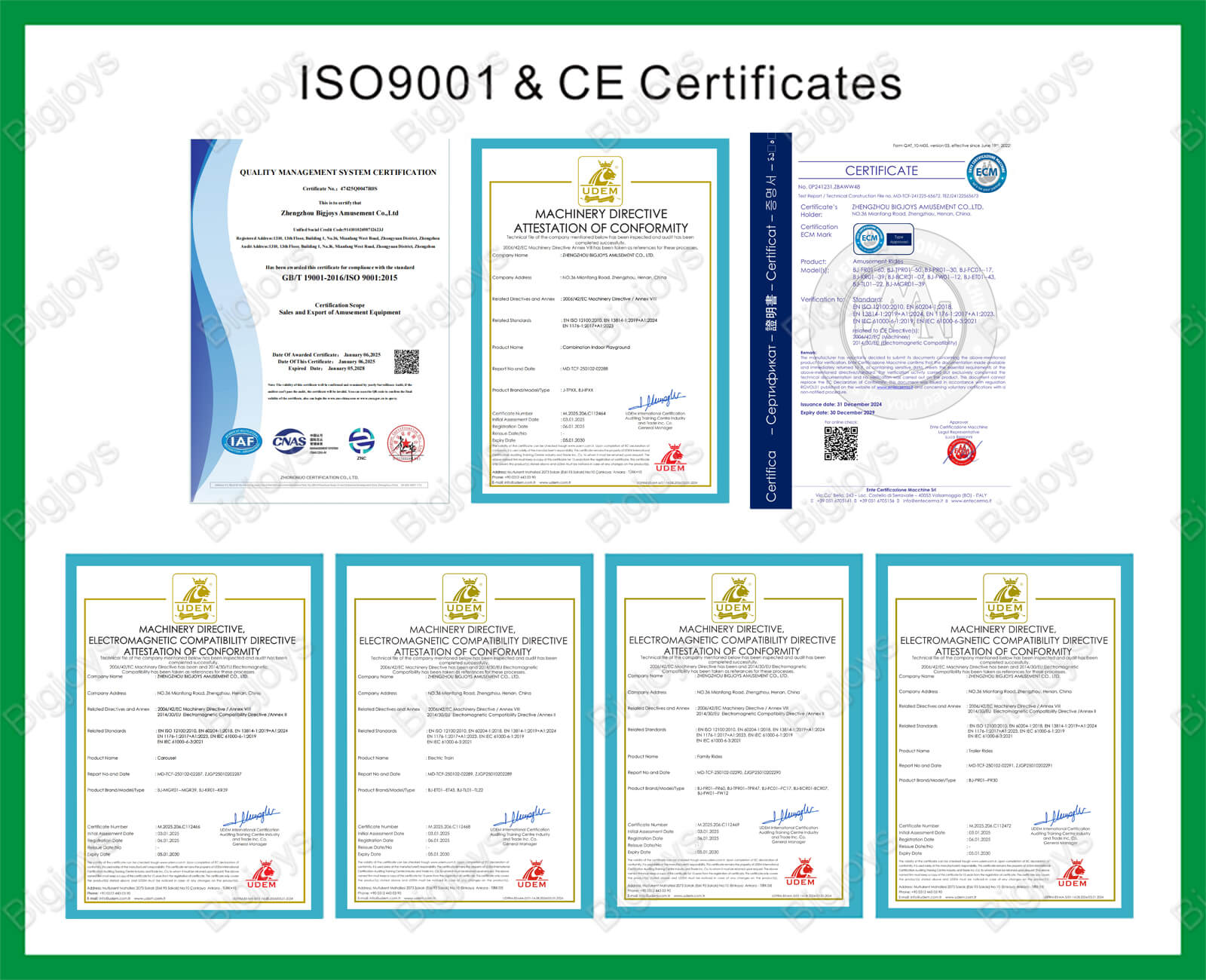
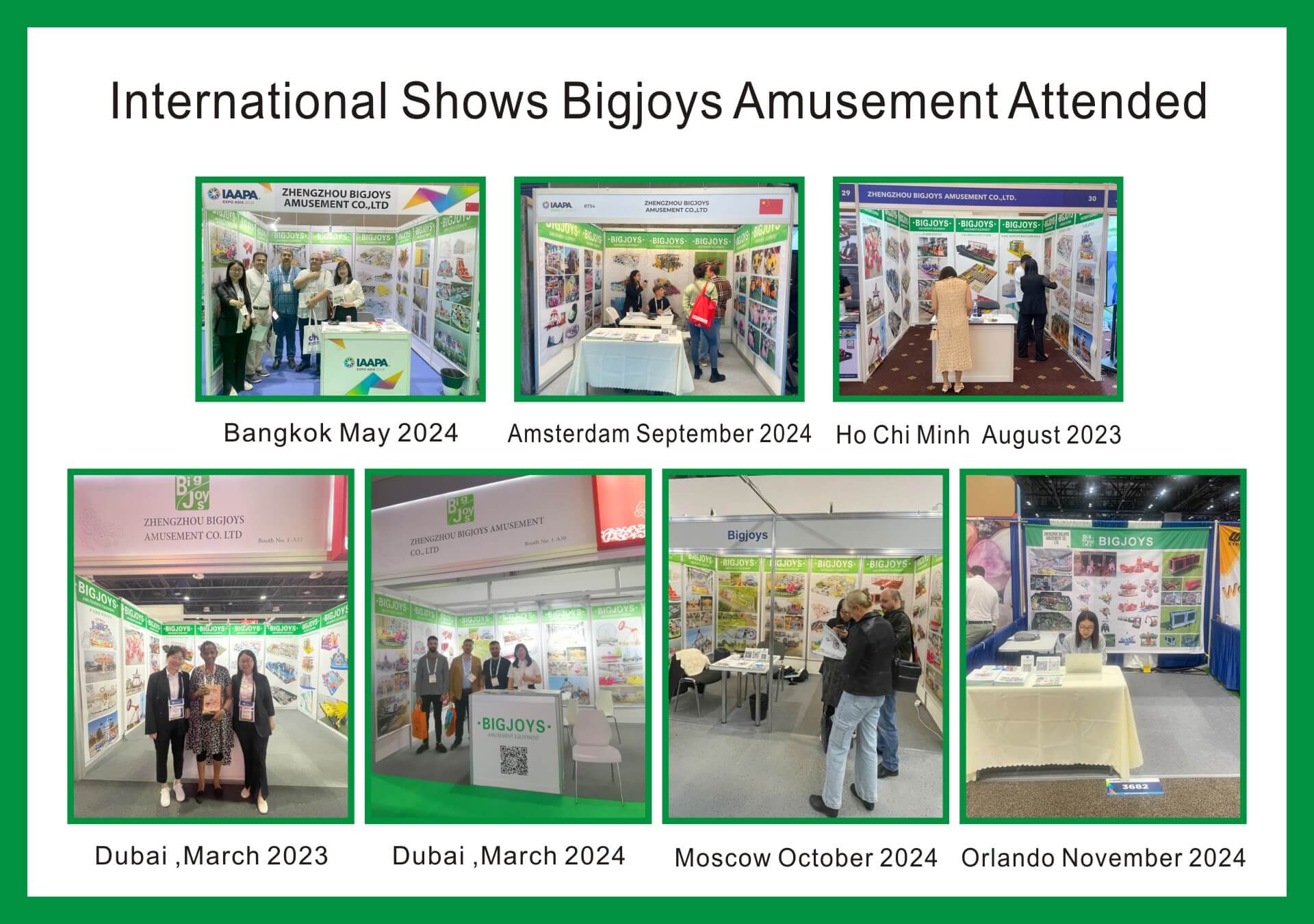
Innovation in Themes
- Fantastic Theme Worlds
- Time-travel Theme: Design the trampoline park with the theme of traveling through different historical periods or future worlds. For example, one area could be themed after ancient Egypt, with the trampolines shaped like pyramids and the surrounding decorations featuring Egyptian murals and hieroglyphs. Visitors would feel as if they were traveling back to ancient Egypt when jumping here. Another area could be a future science fiction theme, using cool tones like silver and blue, with the trampoline area surrounded by luminous light strips and structures simulating a space station, giving visitors the feeling of bouncing in a space station.
- Fairy Tale Wonderland Theme: Create a fairy tale wonderland-like trampoline park. Taking inspiration from “Alice’s Adventures in Wonderland”, design giant mushroom-shaped trampolines, rabbit hole-shaped passages connecting different trampoline areas, and a rotating trampoline area like the Mad Hatter’s tea party. The whole park can be decorated as a fantasy forest with glowing flowers and hidden elf huts, allowing visitors to feel like they are in a fairy tale world while bouncing.
- Regional and Cultural Themes
- Local Cultural Theme: Design the trampoline park based on local cultural characteristics. If it’s in a coastal city, it can have an ocean culture theme. The trampolines can be shaped like seashells, sailboats, or whales, and the surrounding decorations can include sculptures of marine life and patterns of ocean waves. A simulated surfing trampoline area can also be set up to let visitors experience the feeling of surfing at sea. If it’s in a mountainous area, incorporate mountain culture, such as designing terraced-shaped trampoline areas with miniature landscapes of mountain folk architecture around them.
Innovation in Services
- Personalized Experience Services
- Customized Jumping Route Planning: Utilize smart devices to provide personalized jumping route planning services for visitors. When visitors enter the park, understand their interests and skill levels through a simple questionnaire or test, and then recommend suitable trampoline areas and activity sequences for them. For example, for visitors who like challenges, recommend that they first go to the area that combines multi-story trampoline towers and rope challenges, and then to the high-difficulty interactive game trampoline area. For family visitors, recommend some parent-child cooperative trampoline game areas and relatively safe and relaxing free trampoline areas.
- Personalized Party Services: Provide more personalized services for visitors who are holding birthday parties or other special events. Besides the basic venue decoration and catering services, customized trampoline games can also be provided according to the party theme. For example, if it’s a superhero-themed party, design a superhero-saving-the-world trampoline game where the birthday child and his friends can complete a series of tasks on the trampoline, such as avoiding attacks from villains (played by staff or achieved through projection equipment) and rescuing trapped citizens.
- Intelligent Service Systems
- Intelligent Queuing System and Reservation Services: Develop a mobile app that allows visitors to check in advance the traffic and queuing situation of the trampoline park. They can reserve specific trampoline areas or activity times through the app, reducing their waiting time in the park. Meanwhile, set up an intelligent queuing system in the park, which informs visitors of the current queuing progress through electronic display screens and voice prompts, enabling them to arrange their activities reasonably.
- Intelligent Coaching Services: Use virtual reality (VR) or augmented reality (AR) technology to provide intelligent coaching services for visitors. In some trampoline activity areas that require skills, such as high-difficulty flip movements or complex interactive game areas, visitors can obtain guidance from virtual coaches by wearing smart devices (such as AR glasses). The virtual coaches can help visitors learn the correct movements and skills through animated demonstrations and voice prompts.
Innovation in Space Utilization
- Multi-functional Space Design
- Convertible Trampoline Areas: Design some trampoline areas that can be converted according to different activity needs. For example, during the day, a certain area can be a normal free trampoline area, but in the evening or during specific activity times, this area can be transformed into a stage-style trampoline performance area or a large team cooperation game area through simple adjustments (such as changing the arrangement of trampolines and adding some special props). This convertible space design can improve the utilization rate of space and meet the needs of different types of activities.
- Utilization of Vertical Space: Besides the obvious way of using vertical space like multi-story trampoline towers, small trampoline attachments or climbing trampolines can also be installed on the walls of the trampoline park. These vertical trampolines can be used for some small challenge activities, such as short-distance jumping relays or climbing and jumping competitions on the walls. Meanwhile, some hanging trampoline props, such as swing trampolines or ring trampolines, can be installed on the ceiling to let visitors experience the feeling of flying in the air.


